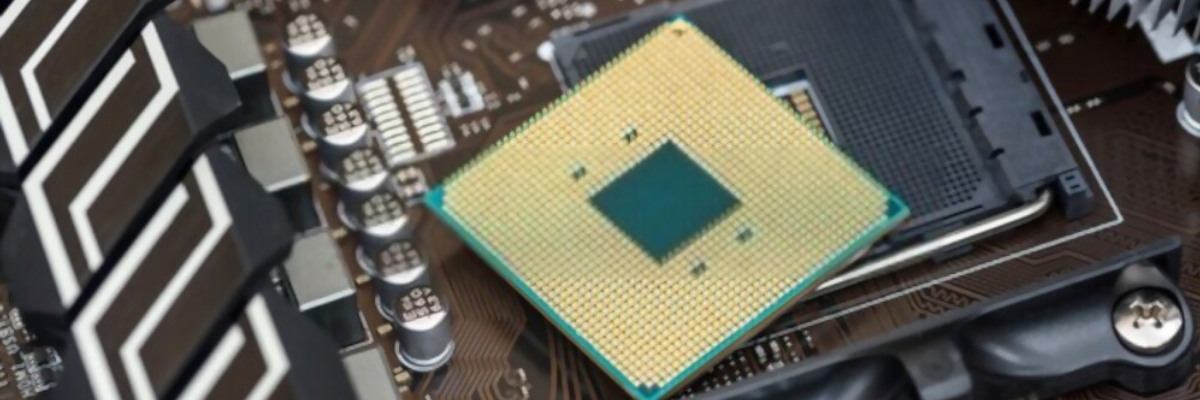

Printed circuit boards have a huge number of applications segments, thanks to the advent of electronics and the increasing demand for digitization and automation. However, with the growing demand for miniature devices, PCBs have become small in size yet complex in terms of number of components, layers, and so on. So, the requirement for proper heat dissipation has grown too. There are various thermal management solutions adopted to reduce overheating, and heat sink is one of them. Heat sinks are necessary in circuit boards to allow the heat to dissipate and prevent overheating as this prevents the damage of circuits and components, especially in high temperature applications. Nowadays, PCB designers have developed heat sink printed circuit boards which absorb or dissipate the heat generated from components and facilitate device cooling. The post discusses the details of heat sink printed circuit boards.
Earlier, most PCBs were fitted with external heat sinks, and were glued onto a finished board with the help of adhesive or laminate. As mentioned, now we have heat sink PCBs that dissipate heat on their own and do not require separate attachments for the heat to escape in the PCB design. These boards offer plenty of benefits, and are especially useful in most electromechanical devices as well as process systems in manufacturing units, most of which generate heat when operational. Heat sinks spread the heat uniformly across the board, which makes dissipation and subsequent cooling fast and easy. These heat sinks are usually made of metals such as aluminum, copper, alloys, and more as they are thermally conductive. The heat sinks on these boards adhere to components, transistors, and so on, and absorb heat from there. This heat transfer happens through conduction. Typically, heat flow happens from a hotter to a colder area, and from the areas which are highly resistant to heat to the ones which have low resistance. Metals being natural conductors and low heat resistors, the heat automatically flows from the components towards the heat sinks at the edges. From these heat sinks, it is dissipated and spread across the area of the heat sink, almost uniformly.
As mentioned, they are essential in high thermal applications. Heat sinks may be included in a PCB design if the thermal profiling of a PCB reveals hot spots or high temperature zones. The need for a heat sink can be determined in the early design stages, and often depends on the types of components. Here are some areas where heat sink printed circuit boards may be required.
If you are an OEM with high temperature application requirements, opting for heat sink PCBs in your product would be a wise decision. However, ensure you partner with a reliable PCB manufacturer and service provider who understands your needs and customizes solutions accordingly. Twisted Traces designs, fabricates, and assembles various types of PCBs including heat sink printed circuit boards. The company is capable of high volume production; however, they also offer prototypes based on your requirements.